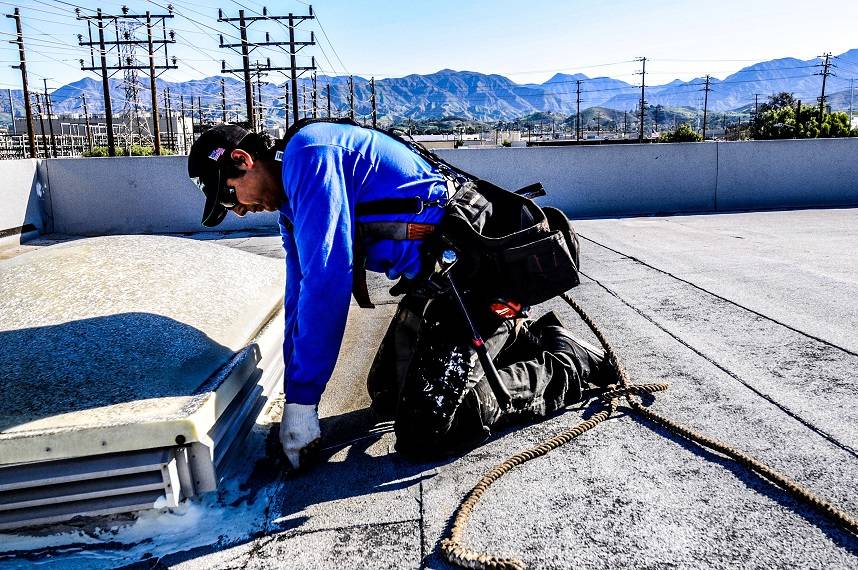In the realm of commercial roofing, securing a reliable roofing system is a crucial investment. However, the assurance of protection offered by a commercial roofing warranty can sometimes be a double-edged sword. While these warranties provide a sense of security, it’s essential to delve into the finer details and discern what lies beyond the seemingly comprehensive coverage.
In this article, we embark on a journey to uncover the nuances of commercial roofing warranties, shedding light on five critical aspects that often escape the umbrella of coverage.
From acts of nature to the intricacies of proper maintenance, we explore the intricacies that property owners and managers must navigate to ensure their roofing investments stand the test of time.
Join me as we take a deep dive into commercial roofing warranties, empowering you with the knowledge to make informed decisions for the longevity and resilience of your commercial roofing systems.
1. Acts of Nature or Extreme Weather Events:
Many warranties exclude damage caused by natural disasters, such as earthquakes, hurricanes, tornadoes, or other extreme weather events. Damage resulting from hailstorms or wind-driven debris may also be excluded or have limited coverage.
2. Negligence or Improper Maintenance:
Warranties often require proper maintenance of the roof. If the property owner fails to perform routine inspections, repairs, or maintenance as specified in the warranty, any resulting damage may not be covered. Negligence, improper repairs, or unauthorized alterations to the roof can void the warranty.
3. Installation by Unapproved Contractors:
Some warranties specify that coverage is contingent on the roofing system being installed by authorized or approved contractors. If the installation is done by a contractor not approved by the roofing manufacturer, the warranty may be void.
In other words, any services such as skylight installation, HVAC systems, solar or anything else that involves the roof must be in coordination with the roofing contractor who provided the warranty.
4. Pre-existing Conditions:
Warranties may not cover issues that existed prior to the installation of the new roofing system. It is essential to thoroughly inspect and address any pre-existing problems before the installation to avoid disputes over warranty coverage.
5. Non- Commercial Roofing Components:
Commercial roofing warranties typically cover the roofing materials and workmanship, but may exclude coverage for other components of the building, such as HVAC units, vents, skylights, or other non-roofing elements. Damage to these non-roofing components may need separate warranties or insurance coverage.
Conclusion
From the unpredictable forces of nature to the importance of diligent maintenance, recognizing what lies beyond the warranties protective veil is essential. By doing so, stakeholders in commercial property management can proactively address potential issues, mitigate risks, and extend the lifespan of their roofing systems.
As you navigate the complex landscape of commercial roofing warranties, remember that knowledge is your greatest ally. Stay informed, work closely with reputable contractors, and establish a robust maintenance routine to fortify your roofing investment against the unforeseen. In doing so, you not only uphold the integrity of your property but also ensure that your commercial roofing system stands resilient against the tests of time and elements.
